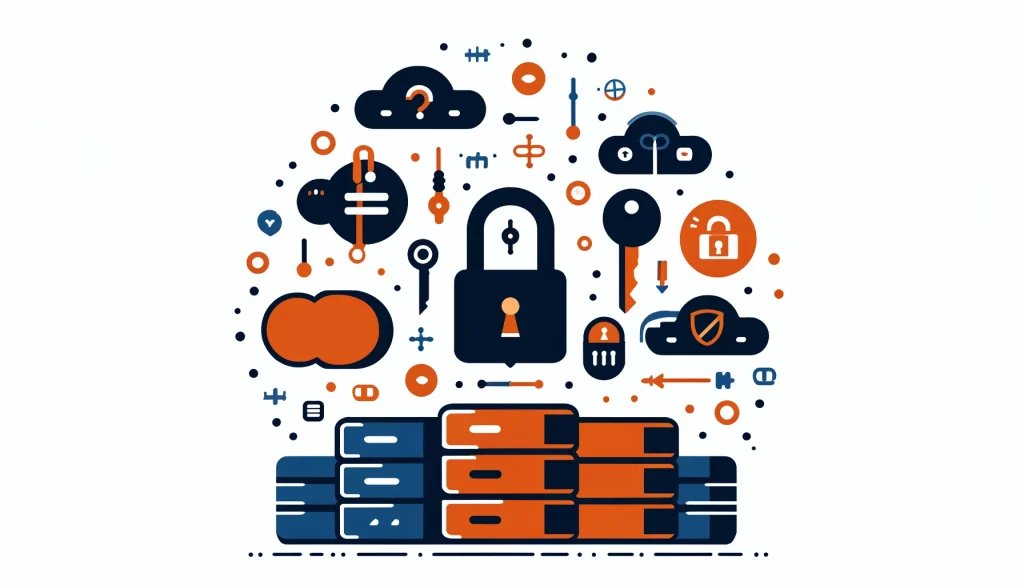
SQLite Encryption

Encrypting sensitive information in a SQLite database is important for keeping your data safe. SQLite encryption ensures that your database remains secure, even if unauthorized individuals gain access to the file. This article will discuss why SQLite encryption is important and show you how to implement it successfully.
Why SQLite Encryption Matters
Many applications widely use SQLite databases, from mobile apps to desktop software. They offer a lightweight and efficient solution for storing structured data. SQLite databases store data as plain text files by default, which makes them vulnerable to unauthorized access. If an attacker manages to obtain your database file, they can easily read and extract sensitive information.
Encryption adds an extra layer of security to your SQLite database. If someone gets the database file, they can’t read it without the encryption key. This protection is especially important when dealing with sensitive data such as user credentials, financial information, or personal details.
Choosing the Right Encryption Algorithm
When encrypting your SQLite database, you have several encryption algorithms to choose from. Two popular choices are AES (Advanced Encryption Standard) and ChaCha20. AES is secure and commonly used, while ChaCha20 is a newer algorithm that is also secure and fast.
Both AES and ChaCha20 provide strong encryption and are suitable for protecting your SQLite database. The choice between them often depends on factors such as synergy with your existing software stack and performance requirements. Important to carefully evaluate your specific needs and choose the algorithm that best fits your application.
Implementing SQLite Encryption
To implement SQLite encryption, you can use libraries or extensions specifically designed for this purpose. One popular option is SQLCipher, an open-source library that provides transparent encryption for SQLite databases. SQLCipher seamlessly integrates with SQLite and allows you to encrypt and decrypt your database using a passphrase.
Here’s a general overview of the steps involved in implementing SQLite encryption with SQLCipher:
- Integrate SQLCipher into your application by including the necessary libraries and dependencies.
- When making a new SQLite database or opening an old one, give a password to protect or access the database.
- Perform database operations (e.g., queries, inserts, updates) as usual, and SQLCipher will handle the encryption and decryption processes transparently.
- Ensure that you securely store and manage the encryption passphrase. Don’t put it directly in your code, use secure storage like a key management system or a user-provided password.
Examples of SQLite Encryption in Action
To better understand how SQLite encryption works in practice, let’s look at a few examples:
- Mobile App: Imagine a mobile app that stores user preferences and settings in a SQLite database. You can use SQLCipher to encrypt the database. This keeps sensitive user information safe from unauthorized access. Even if someone gains access to the device’s storage.
- Desktop Application: Consider a desktop application that manages confidential client data. Encrypting the SQLite database keeps the data secure. This is important in case of accidental access to the database file or a lost device.
- Web Application: Adding encryption to a web application using SQLite as local storage enhances security. Even if an attacker successfully exploits a weak link and accesses the local storage, the encrypted data still protects.
These examples demonstrate the importance of SQLite encryption across different application scenarios.
Best Practices for SQLite Encryption
To maximize the security of your encrypted SQLite database, consider the following best practices:
- Use a strong and unique passphrase: Choose a passphrase that is sufficiently long, complex, and not easily guessable. Avoid using the same passphrase for multiple databases or applications.
- Keep the encryption key safe by storing it securely and making sure only authorized parties can access it. Consider using secure storage mechanisms or encryption key management systems.
- Encrypt sensitive data only: Identify the data that requires encryption and only encrypt those specific fields or tables. Encrypting the entire database may impact performance, so choose carefully what you need to protect.
- Make sure to keep SQLCipher and SQLite updated to have the most recent security fixes and enhancements. Stay informed about any known weaknesses and address them promptly.
- Use a secure key management system if your application needs multiple users or devices to access the encrypted database. This will help distribute and manage encryption keys efficiently.
Conclusion
SQLite encryption is a vital aspect of securing sensitive data stored in SQLite databases. Encrypt your database with AES or ChaCha20 algorithms and use SQLCipher library to improve application security significantly. To stay safe from threats, always use best practices for managing your encryption keys and regularly update your encryption.
By encrypting SQLite, you show you keep user data safe and earn your users’ trust. Implement encryption today and give your SQLite database the security it deserves.
